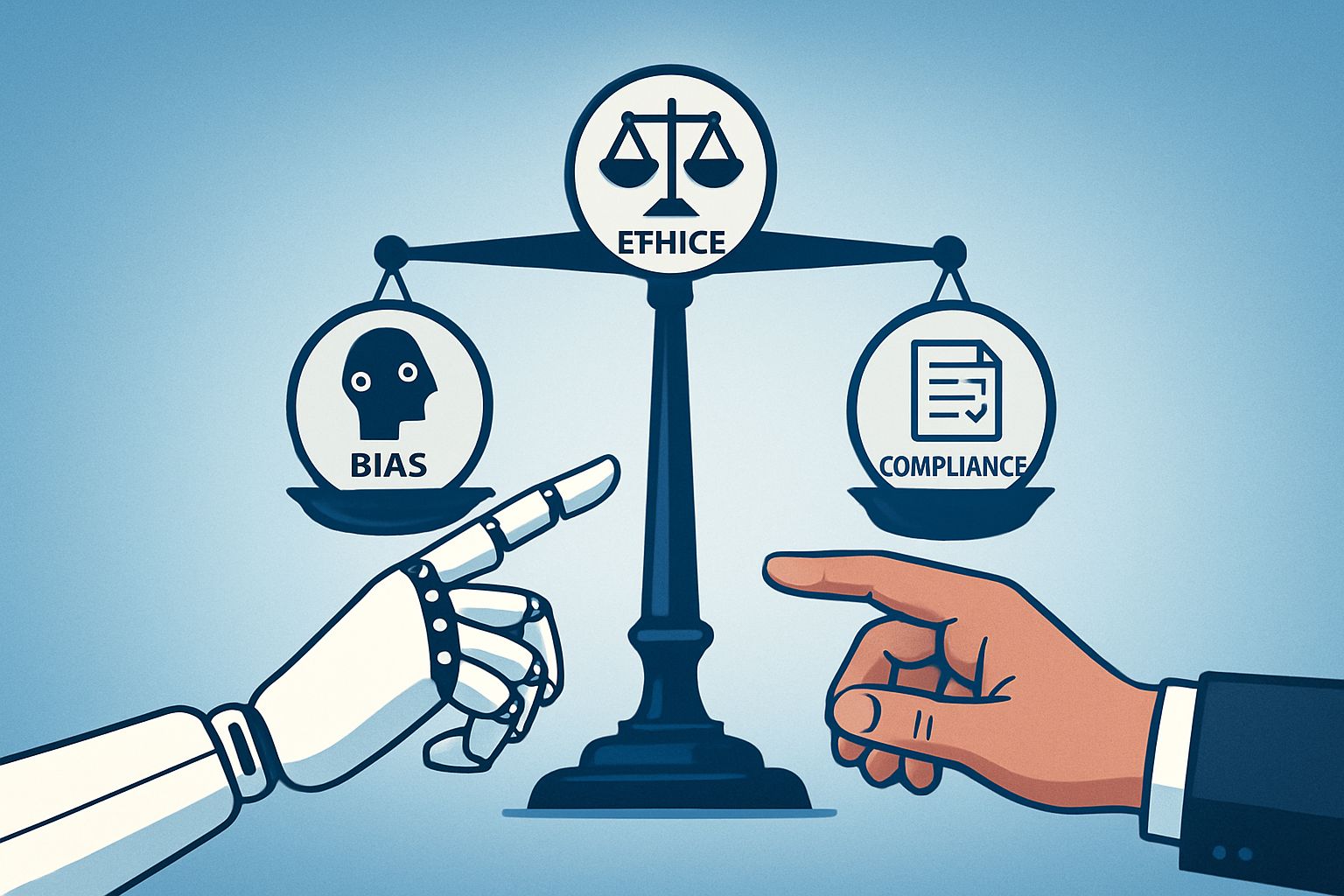
AI CERTS
3 hours ago
AI Auditing Rises: Bias, Ethics, Governance Assured
However, the market remains fluid. New standards, automated tooling, and evolving supervisory demands reshape assurance workflows weekly. This article unpacks developments, market numbers, technical methods, and practical steps for teams preparing their next audit.

Regulatory Forces Drive Audits
Regulators took decisive action in 2024-2025. The EU AI Act mandates third-party conformity assessments for many “high-risk” models. Meanwhile, NIST released its AI Risk Management Framework, pushing United States agencies toward structured reviews. Furthermore, the British Standards Institution issued BS ISO/IEC 42006 in July 2025 to accredit assurance bodies.
Professional services responded quickly. PwC launched “Assurance for AI” on 3 June 2025, offering evidence packs for boards. Additionally, Deloitte, EY, and KPMG expanded similar units. National agencies also formalized algorithmic impact assessments, as shown by Canada’s directive and New York’s cybersecurity guidance.
These moves create rising demand for trustworthy audits. Nevertheless, officials warn that weak oversight invites “audit-washing.” Therefore, independent accreditation and transparent methods are critical.
Key takeaway: Regulation now pulls audits into mainstream operations. Moreover, oversight expectations will tighten further next year. Let us examine the commercial response.
AI Auditing Market Growth
Market researchers value global AI governance and observability at roughly USD 890 million for 2024. Moreover, forecasts predict USD 5.78 billion by 2029, a 45 percent CAGR. Consequently, venture funding pours into monitoring startups such as Fiddler AI, Truera, and Robust Intelligence.
Business sentiment supports those numbers. BSI surveyed 8,911 professionals and found 63 percent would trust models more if an external organization validated them. Therefore, boards increasingly budget for continuous assurance alongside deployment costs.
Consultancies seize this opportunity. PwC positions AI Auditing as a natural extension of financial attestation. Meanwhile, platform vendors embed audit-ready dashboards that export fairness evidence with one click.
Summary point: Commercial momentum confirms audits are not niche. However, understanding technical workflows remains essential before procurement.
Technical Workflow Explained Clearly
Modern audits blend human reviewers with automated evaluators. Firstly, observability platforms log inputs, outputs, and performance by demographic slice. Secondly, statistical tests flag disparate impact or metric drift. Thirdly, red-team scripts or language models attack the system to expose hidden faults.
Two patterns dominate. In pattern one, an LLM assesses another model’s responses, scoring toxicity or policy breaches. In pattern two, continuous monitoring calculates subgroup metrics in production. Both approaches export reports, model cards, and datasheets that auditors inspect.
However, AI evaluators can hallucinate or carry their own prejudice. Consequently, expert reviewers must validate automated findings before certification. Teams can strengthen oversight with the AI+ Ethics™ credential, which trains leaders on bias theory and audit rigor.
Key takeaway: Automation scales evidence collection, yet human validation remains indispensable. Next, we explore concrete benefits and numbers.
Benefits And Key Statistics
The following figures highlight why firms invest:
- Scalability: Continuous monitors process millions of events daily, impossible for manual teams.
- Cost: Automated tests cut recurring compliance expenditure by up to 40 percent, vendor claims show.
- Speed: LLM-based red-teaming finds novel failure modes within hours, not weeks.
- Trust: 63 percent of leaders report higher confidence after third-party validation.
Moreover, automated bias detection empowers early fixes before reputational damage occurs. Governance dashboards store immutable logs, supporting regulator inquiries. Additionally, transparent metrics encourage ethical debate inside product teams.
Summary: Quantified advantages fuel adoption. Nevertheless, unresolved risks demand equal attention, as the next section details.
Risks And Open Questions
Audit independence remains a pressing concern. Some firms both build and certify models, creating conflicts. In contrast, the BSI standard now defines competence and impartiality benchmarks.
Another challenge involves metric selection. Statistical parity may suit lending yet mislead healthcare teams. Furthermore, proprietary black-box audits risk hiding weaknesses. OECD analysts warn that superficial certificates create false confidence.
Finally, evaluator models can propagate bias detection errors through hallucination. Therefore, organizations should incorporate human spot checks and diverse datasets. Bias Detection must address technical and institutional roots to uphold Ethics and Governance principles.
Takeaway: Strong methodology, transparency, and independence mitigate these pitfalls. The checklist below offers concrete questions for buyers.
Best Practice Audit Checklist
Stakeholders should request the following items:
- Public methodology describing fairness metrics and test suites.
- Evidence of auditor independence and ISO/IEC 42006 accreditation.
- Exportable logs containing raw inputs, outputs, and versioned artifacts.
- Disclosure of untested components or use cases.
- Validation data showing how AI evaluators were calibrated.
Moreover, teams should embed model cards and datasheets from project inception. Consequently, later audits run faster and cost less. Consistent documentation also strengthens internal Governance culture.
Key takeaway: Proactive preparation shortens audit cycles and boosts credibility. We now consider future trajectories and immediate actions.
Future Outlook And Actions
Analysts expect audit demand to surge once the EU Act enters enforcement. Meanwhile, United States agencies will likely reference NIST guidance in procurement. Furthermore, industry coalitions push for mutual recognition to reduce duplicated assessments.
Organizations should therefore budget for continuous monitoring, independent reviews, and staff training. Bias Detection tools must integrate with DevOps pipelines to flag drift automatically. Ethics frameworks need board oversight, while Governance policies should align with ISO and national regulations.
Conclusion: AI Auditing will soon resemble financial assurance—routine, regulated, and indispensable. Consequently, leaders must act now. Enroll teams in the AI+ Ethics™ program, deploy observability platforms, and engage accredited auditors. Rigorous assurance today safeguards trust, revenue, and society tomorrow.



